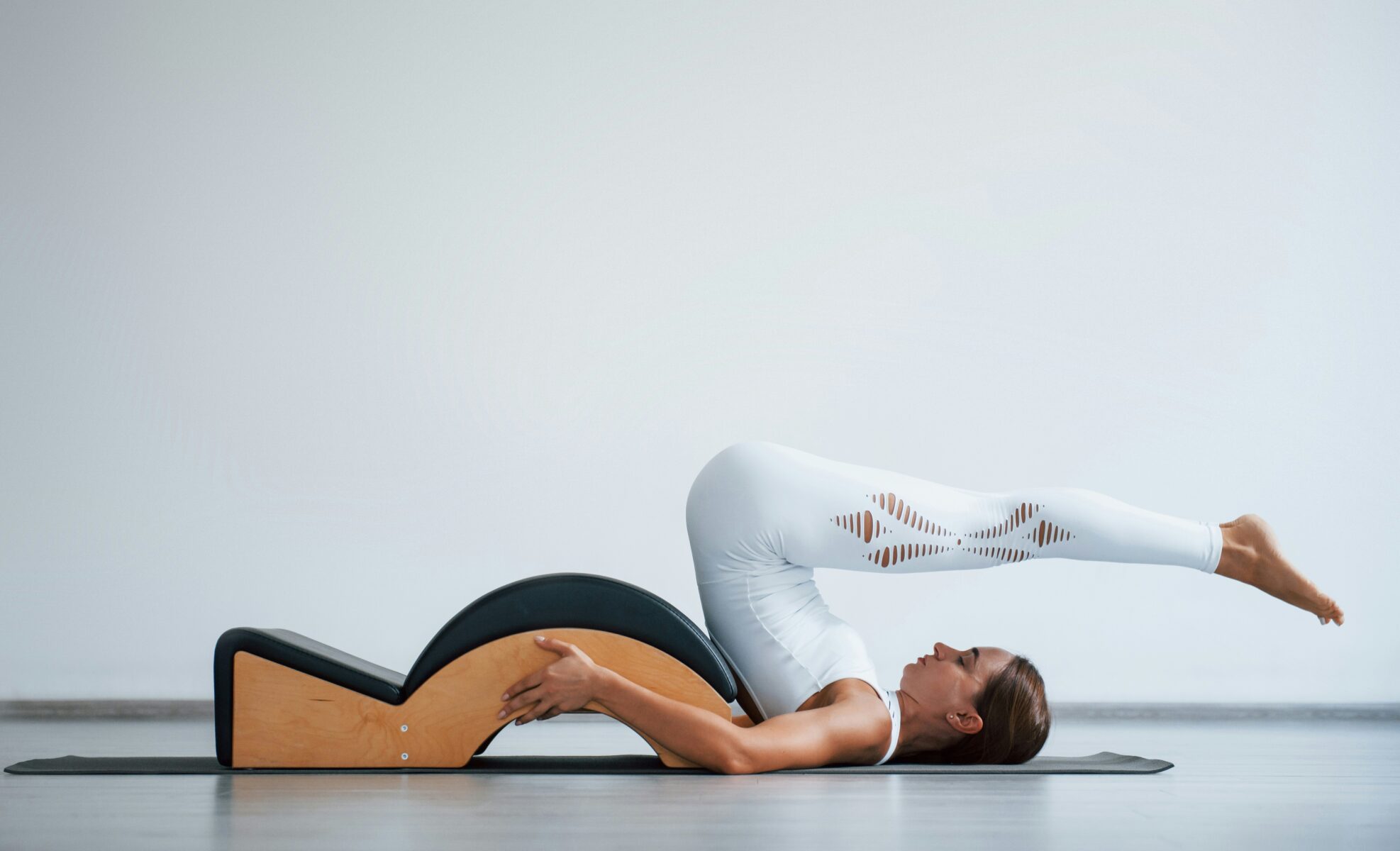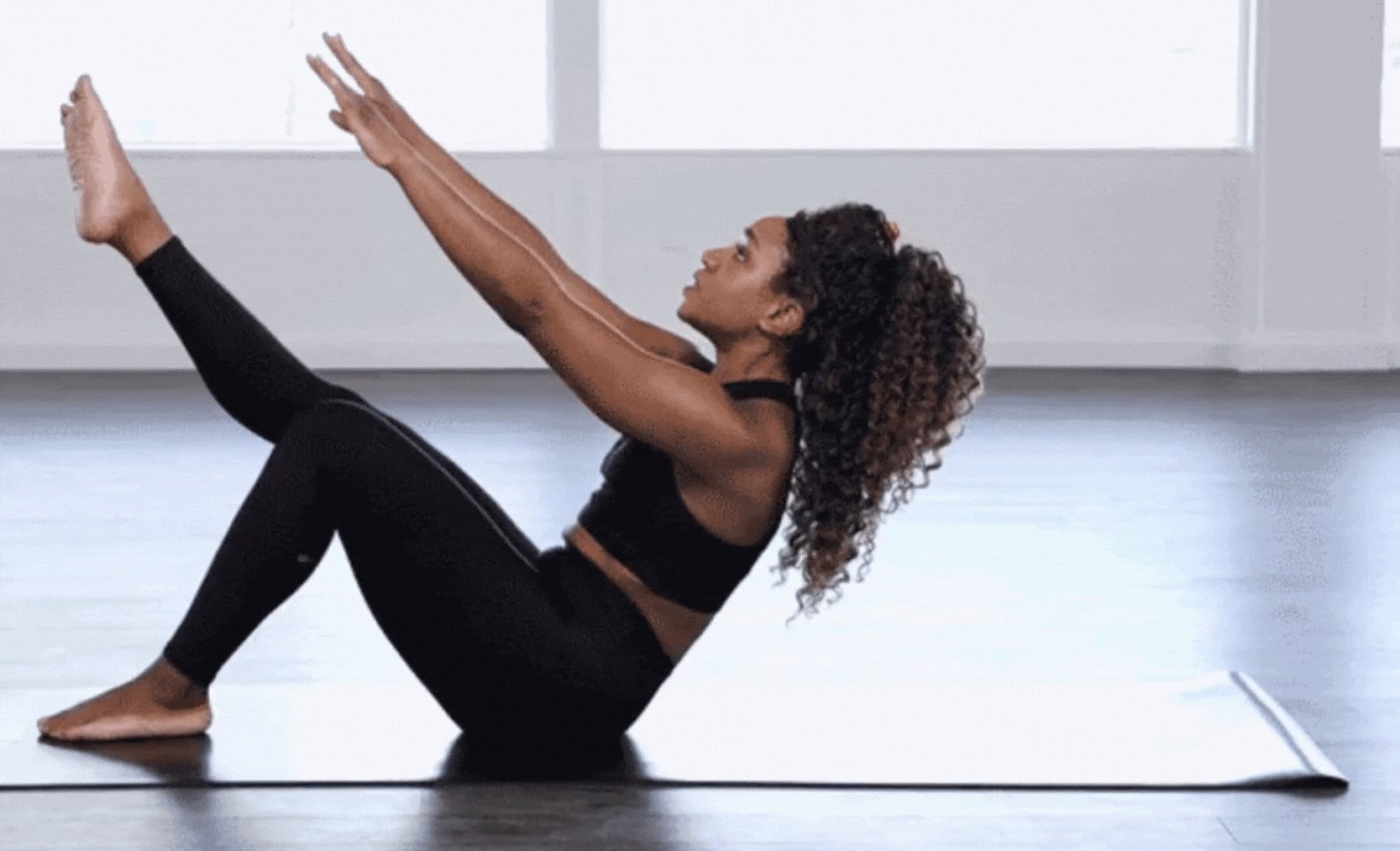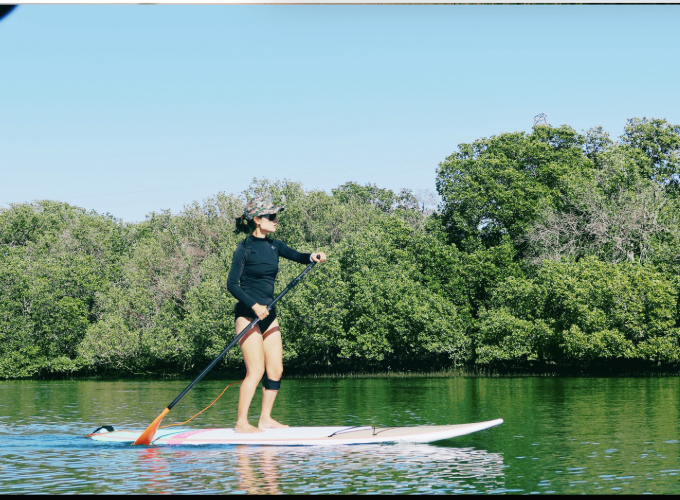
The Future Looks Low Impact
From reformer Pilates to tempo strength and Hot Girl Walks, low-impact workouts are quietly taking over. The future of fitness isn’t softer, it’s smarter.
By Glorious
Once upon a time, working out meant going hard or going home. Sweat was currency, impact was status, and a week without soreness was a week wasted. You sprinted, pounded, climbed, and heaved. Class names were aggressive. Bootcamp. Blast. Burn. If it didn’t feel like punishment, could it really be called exercise?
But lately, something’s shifted. We are seeing a quiet rebellion. The future of fitness is not louder or heavier. It is calmer, more considered, and a lot less interested in leaving you wrecked on the mat. In place of HIIT and hypertrophy, we now have mobility, control, and resistance delivered at a whisper, with a Diptyque candle burning in the background. The reformer glides where the kettlebell once clanged. The walk, once something you did to get to the gym, has become the main event.

Reformer Pilates is having a moment. Long the preserve of dancers, physiotherapists and occasionally your mum’s back rehab class, it’s now the darling of Gen Z, the buzziest booking at any boutique studio, and a visible cue of taste, control and quiet core strength. Once seen as the workout of choice for the injury-prone or Goop devotees, it has become something else entirely. It is precise, expensive, strangely peaceful, and according to The Protein Works’ “Top Fitness Trends in 2025” report, rising in popularity faster than any other boutique fitness trend, climbing from number ten in 2024 to number two in 2025.
There is a reason it’s everywhere. The global market for reformer Pilates equipment is projected to exceed 1.2 billion US dollars by 2032, according to Exactitude Research. In the United States, Solidcore has received significant private equity investment, with valuation estimates hovering around 600 to 700 million dollars. In Australia, instructor-less reformer studios are offering significantly lower-cost options, making it more accessible than traditional studios. The result is a global cultural shift where reformer Pilates is no longer elite or obscure. It is mainstream, youthful, and stylish.
What changed? Part of it is visibility. On TikTok, influencers like Lily Sabri, Madeleine White and Alix Earle document their sessions with the same aesthetic appeal as a cold brew. Reformer is camera-friendly: long lines, tidy outfits, elegant movements. It’s workout content with clean edges. For millennials, Pilates once held associations with Madonna’s arms, Gwyneth Paltrow’s core, and a slightly preachy approach to self-care. For Gen Z, it is less about aspiration and more about access. It fits their taste for low-impact, low-fuss, results-focused movement that doesn’t require a performance mindset. It is structured but gentle. Calm but challenging.

And crucially, it works. The clinical evidence behind Pilates is robust. Multiple studies confirm its benefits for core stability, posture, and chronic pain management, especially in the lower back. It has also been found to support mental wellbeing, providing a balance between strength, breath and intention. Mind-body practices like Pilates have seen significant growth in recent years. There has also been a substantial global increase in Pilates practitioners, and demand for online classes and Pilates apps has surged, driven by platforms like Alo Moves, Pilates Anytime, and Decathlon Coach.
But Pilates is only one part of a broader shift. Low-impact training as a whole is redefining what it means to be fit. Yoga continues to evolve, shedding its reputation as passive or purely spiritual. Strength-based vinyasa and mobility-focused classes now appeal to audiences looking for both physical gains and restorative calm. Swimming has grown in popularity for similar reasons. In England alone, participation in pool-based activity rose steadily through 2023, with Sport England noting increases among adults seeking accessible but effective movement.

resTORATIVE

Look around and you will see this shift playing out everywhere. Walking, once dismissed as a recovery tool or daily necessity, is now a respected discipline. TikTok trends like the “Hot Girl Walk” have helped repopularise it among younger demographics. Strava, the popular tracking app, reported walking as one of its fastest-growing logged activities in 2023, especially among people aged 30 to 49. People are walking for heart health, for mental clarity, and because it is one of the few things in modern life that reliably delivers both.
Tempo strength training is rising too. In gyms and online programmes, trainers are coaching slower, more deliberate movement. Controlled eccentric reps, lighter weights, higher time under tension. It is not about lifting heavier but lifting smarter. The trend suits people balancing work, recovery, and long-term wellbeing. It is also more inclusive. High-intensity models tend to attract the highly confident. Low-impact programming leaves more room for everyone else and that inclusivity is vital.

Women returning to sport after injury, pregnancy or long gaps in training often cite fear of judgement or lack of entry-level options as a barrier. Low-impact fitness, especially when led by female instructors or supported by digital communities, has opened new doors. It rewards consistency, not explosiveness. And while it’s quieter, it’s not less serious.
Even wearables have adjusted. No longer just step counters, many now track recovery, breath rate, heart rate variability and sleep quality. Metrics that celebrate subtlety. The rise of Whoop, Oura and Apple’s Fitness+ platform speaks to this. In 2025, tracking your readiness is just as important as tracking your burn.
Beauty and wellness trends are reinforcing the same values. Recovery is no longer a luxury or afterthought. Recovery rooms, infrared saunas, breathwork lounges and even nap pods are becoming common features in high-end gyms and fitness clubs. It is all part of the same cultural direction: movement without punishment, aesthetics without depletion.
Reformer Pilates, in many ways, exemplifies this shift. It’s visually calm. Physically intense. Socially shareable. And grounded in clinical research. Its growth is not just a passing trend but part of a wider appetite for low-impact strength across life stages and identities. For all the slick leggings and studio lighting, it is offering something more enduring: permission to move with care.
And this time, that care is cool.
Title image gif via Alo Moves
Tried reformer Pilates? Swapped HIIT for something gentler? We want to know what low-impact looks like for you. Tell us over on Instagram @glorioussport



